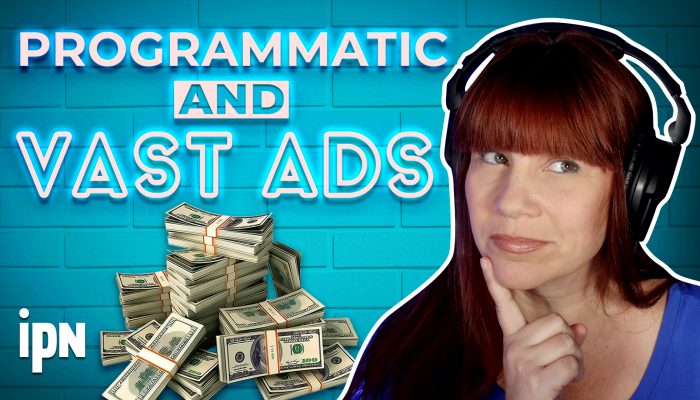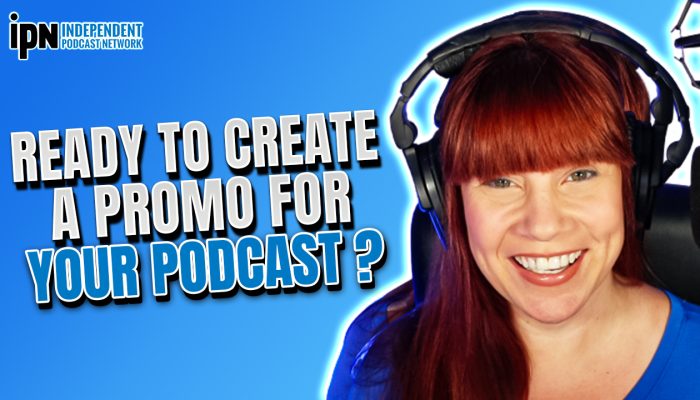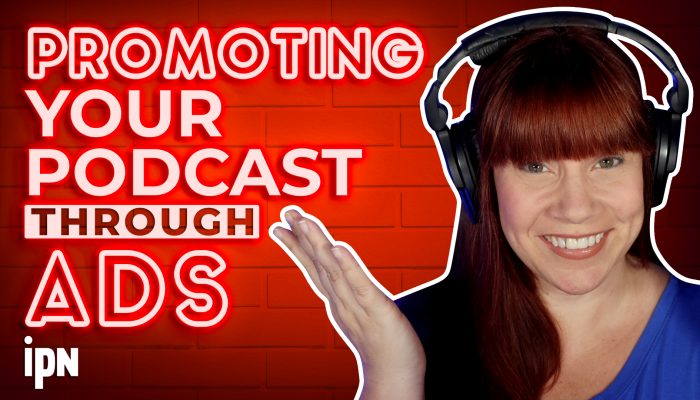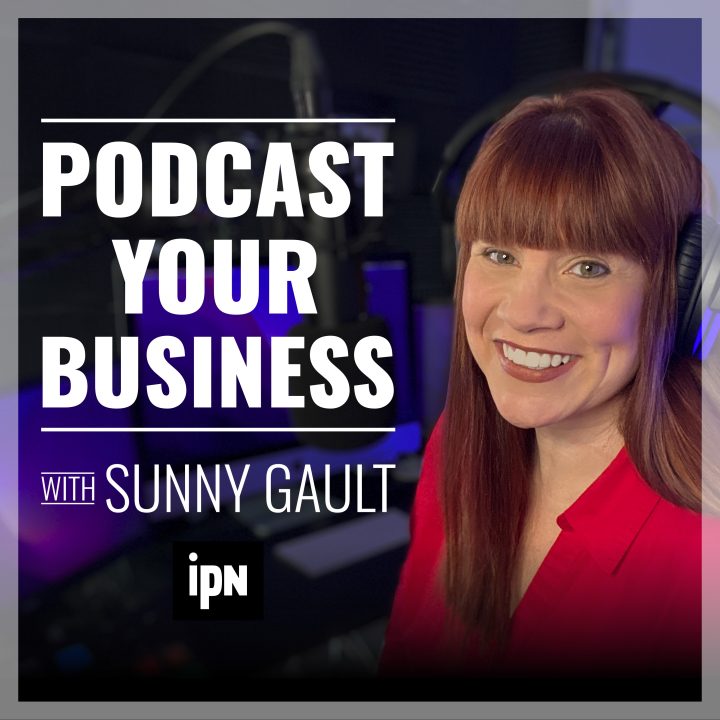
If you’re new to podcasting or looking to refine your production process, mastering the art of the content calendar is essential. A content calendar is not just a schedule—it’s the backbone of your podcast’s operational flow, providing structure and foresight to your creative endeavors. But what exactly is a content calendar, and how can it transform the way you engage with your audience?
What is a Content Calendar?
A content calendar is your podcasting roadmap. It’s a strategic planner that outlines your upcoming episodes, publication dates, and related tasks. You can use it to take your ideas from the brainstorming phase to the moment your content goes live without worrying about any steps in between falling through the cracks.
How Can a Content Calendar Help You?
Well-maintained content calendars keep you on track so you can publish consistently. By releasing content more consistently, you let your audience create their schedules around your podcast. For example, your audience might use your podcast as a way to get through their Monday commute. But, content calendars also help you:
- Manage Workload: Spread out your workload, so you’re not pulling all-nighters. You can also bulk-record episodes more easily.
- Strategize Content: Align your episodes with key dates and events for content that resonates and engages.
- Enhance Quality: Give yourself the luxury of time for thorough preparation, ensuring each podcast episode shines.
- Anticipate Promotion: With a clear view of your publishing timeline, you can build anticipation for new episodes with perfectly timed promotional efforts.
Tools for Creating a Content Calendar
With the right toolkit, you’ll be on your way to organizing your podcast’s content with ease and precision. Here are a few of the best tools for creating a content calendar:
- Google Sheets or Excel: If you’re looking for simplicity and familiarity, look no further than a spreadsheet. Google Sheets offers real-time collaboration, which is great for teams, while Excel is a powerhouse for those who love customization.
- Trello: Anyone who’s visual will love Trello. Its card-based system is perfect for organizing your episodes into columns and allows for a great overview of what’s in the pipeline. Plus, you can add details, checklists, and deadlines to each card.
- Asana: Asana is a project management tool that’s excellent for content calendars thanks to its flexibility. Use it to create tasks for each episode, set deadlines, and assign responsibilities to team members.
- Airtable: Combining the best of databases and spreadsheets, Airtable lets you organize your calendar with a more database-oriented approach. It’s incredibly versatile and can be customized to suit any podcasting setup.

How to Build a Content Calendar
Creating a content calendar doesn’t have to be a daunting task. Here’s a step-by-step guide to help you build a content calendar that aligns with your podcast’s goals and sets you up for long-term success.
- Define Your Podcasting Goals: Before you dive into the calendar itself, take a moment to clarify what you want to achieve with your podcast. Are you looking to increase listener engagement, reach a specific audience, or establish yourself as an authority in a niche? Your goals will shape the content you plan, so make sure they’re clear from the start.
- Choose Your Publishing Frequency: Decide how often you want to publish new episodes. Whether it’s weekly, bi-weekly, or monthly, your publishing frequency will form the backbone of your content calendar. Be realistic about what you can manage consistently.
- List Your Content Buckets: Content buckets are categories or themes that your podcast episodes fall into. They help ensure variety and relevance in your content. Identify several buckets that align with your audience’s interests and your podcast’s overarching theme.
- Brainstorm Content Ideas: With your content buckets in hand, brainstorm topics or episode ideas for each category. Think about guest interviews, Q&A sessions, or special series that could add value to your listeners. Keep an ongoing list of ideas to pull from as you populate your calendar.
- Map Out Key Dates and Events: Consider any significant dates, events, or holidays that might influence your content. Seasonal episodes or content timed around specific events can boost engagement by tapping into what’s current and topical.
- Start Filling Your Calendar: Now comes the fun part—putting it all together. Choose your tool of choice and start plotting out episodes based on your publishing frequency. Assign topics to specific dates, making sure to balance your content buckets for variety.
- Include Deadlines and Details: For each episode, work backward to set deadlines for key production steps: research, scriptwriting, recording, editing, and promotion. Add these to your calendar. Include other pertinent details such as potential guests, required resources, and marketing tactics.
- Review and Adjust: Take a step back and review your calendar as a whole. Check for balance, timing, and achievable deadlines. Make sure it aligns with your goals and available resources. Don’t be afraid to adjust as necessary—it’s important that your calendar remains flexible.
Automating with Your Content Calendar
With your content calendar in place, the next step is to start putting it to use. One way you can use your content calendar is by automating your social media and marketing:
- Plan Your Promotional Content: As you plan your episodes, also plan the promotional content for each platform you use—be it Twitter, Instagram, Facebook, or LinkedIn.
- Use Social Media Schedulers: Tools like Buffer, Hootsuite, or Later can automate the posting of your promotional content. You can schedule posts to go live at specific times, coinciding with new episode releases.
- Integrate with Your Content Calendar: Some social media schedulers can integrate directly with content calendar tools, providing a seamless flow from planning to execution.
- Set Up Email Campaigns: If you use email marketing, draft and schedule emails to announce new episodes. You can automate this process by setting up email sequences or drip campaigns in your email marketing software.
Conclusion
A content calendar is much more than a simple organizational tool—it’s the compass that guides your podcast through the uncharted territories of creativity, audience engagement, and strategic planning. Whether you’re just starting or you’re a seasoned podcaster looking to refine your process, the steps outlined in this guide will help you build a solid foundation for success. With each scheduled post, email campaign, and episode release, you’ll continue falling deeper in love with the power of your content calendar.









